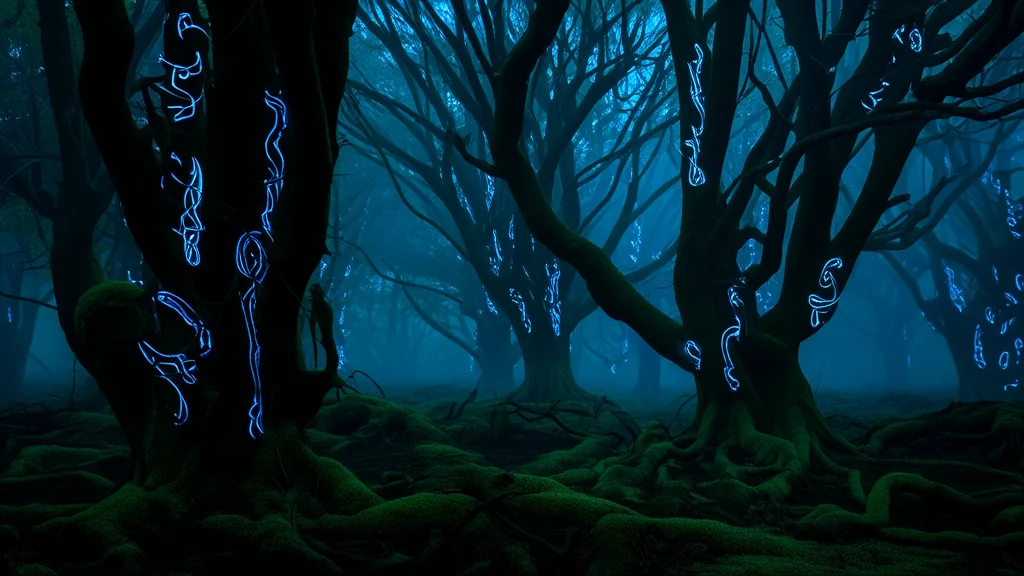🔮 Weird Tales & Urban Legends
Whispers in the Blackthorn: The Mystery of Elias Wren and the Living Forest

The town of Elmhollow was quiet, nestled between the jagged peaks of the Blackthorn Mountains and a forest that seemed to breathe on its own. Most people passed through without a second glance, but for those who stayed, there were whispers—of things seen in the dark, of symbols carved into trees that appeared overnight, and of the old man who lived at the edge of the woods.
Elias Wren had moved to Elmhollow after inheriting his late uncle’s cottage, a weathered structure with sagging eaves and a garden that refused to grow anything but black thorns. He didn’t mind the isolation; he preferred it. But soon, the strange began to creep in.
It started with the symbols. At first, they were faint, etched into the bark of the oak trees near his house. They looked like ancient runes, but none he could recognize. Some were spiral-shaped, others jagged and sharp, as if drawn by a trembling hand. Elias thought it might be children playing tricks, but the markings never faded, and they always appeared in new places, even on stones and fences.
One night, he found a symbol carved into the doorframe of his cottage. It was deeper than the others, almost like it had been done with a knife rather than a chisel. The air around it felt colder, as if the wood itself had been disturbed by something unseen. He tried to cover it with paint, but the next morning, it was back, fresh and unyielding.
Curiosity overtook caution. Elias began to research the symbols, scouring old books from the town library and speaking to the locals. Most ignored him or gave vague answers, but one elderly woman named Mira, who sold honey at the market, spoke in hushed tones about the “Marked People.” She said they were those who had seen something in the forest that shouldn’t be seen, and that the symbols were a warning—or a mark of fate.
Elias didn’t believe in curses, but he couldn’t shake the feeling that something was watching him. He started sleeping with the lights on, and when he woke, he would find the symbols still there, as if they had been there all along, just hidden from view.
Then came the dreams. In them, he wandered through the forest, the trees bending toward him like silent sentinels. A voice whispered in a language he didn’t understand, and the symbols glowed faintly in the darkness. When he woke, his hands were covered in ink, and the symbols had reappeared on his skin, glowing softly before fading away.
He began to feel a pull toward the woods, an invisible thread tugging at his soul. One evening, he followed the trail of symbols deep into the forest, where the trees grew taller and the light seemed to dim further with each step. The air was thick with the scent of damp earth and something sweet, almost like decay.
At the center of a clearing stood a stone monolith, covered in the same symbols he had seen everywhere. As he approached, the symbols began to pulse, and the wind picked up, carrying a low hum that resonated in his bones. He reached out to touch it, and the world around him shifted.
In that moment, he saw flashes—memories not his own. A child lost in the woods, a figure standing at the edge of a fire, a ritual performed under a blood-red moon. He saw the symbols not as warnings, but as invitations. They were part of something older, something that had been waiting for someone to return.
When he awoke, he was back at his cottage, the sun rising over the trees. The symbols were gone, but the feeling remained—a presence, a knowing. He didn’t know what he had seen, or what it meant, but he knew one thing: the symbols had chosen him.
And somewhere in the forest, they waited.
发布于 en
🔗
相关站点
- AI Blog — AI 趋势与技术新闻